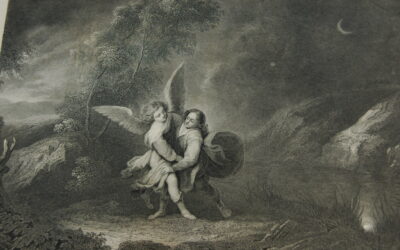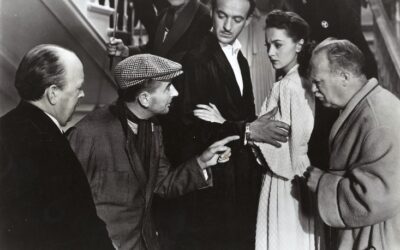Literature
Review: Turbulence, David Szalay
Trigger warning for the book: domestic violence
David Szalay’s Turbulence started out as a series of short radio stories for the BBC. The slim 160-page novel circles the world; each chapter title consists of two airport codes (such as LAX, YYZ, SEA, DHA, and DEL) which sets the scene for where the novel will travel next. Each chapter is awarded its own protagonist, who is introduced in its preceding section, allowing the novel to be read as a collection of briefly linked short stories. Still, the compact chapters do not detract from the relatability of their struggles, as each of them face some form of turbulence.
Interview with The Scribe
As I made my way over to The Scribe one autumnal morning, I was struck by the serenity of the scene before me. Even in November, I could still wear my favorite wool coat and sneakers—a rarity for all Torontonians. A few struggling leaves still clung to their branches, while the Danforth was littered with specks of orange and red. A morning without class worked its usual cure on my psyche, leaving me feeling uncharacteristically smug, smiling to myself on the street—like someone who has never heard the word “midterm” or “exam” in their life.
The Student, The Angel, and Golden Autumn: A Narrative Essay
The Student, The Angel, and Golden Autumn: A Narrative Essay “That night [Jacob] arose… [and] Jacob was left alone. And a man wrestled with him until the break of dawn.” (Genesis 32:22-24) The Malaise of deep autumn arises. It floats above and below the clouds, it...
Review: The Lost Time Accidents by Síle Englert
Amelia Earhart’s bones are calling out from the dark drawer they’ve been left in. Two satellites are whispering to each other in between stars. You are tired. You want to go home1. And it seems that home is the dust you were made from. All this and more exists in Síle Englert’s new poetry collection The Lost Time Accidents, released in early October. She moves fluidly through time and space, and throughout the collection her voice is marked by mourning for the parts of the world that are overlooked and things that are left behind.
Why Short Stories Matter in the Long Run
Short and sweet like their name, I’ve always felt that short stories are the most overlooked literary form. What’s not to love? After all, you get the satisfaction of finishing a novel without the hard work of having to read a full novel which, as a Literature student who is constantly bombarded with hundreds of pages of mandatory readings per week, I greatly appreciate.
A Cricketer Most Queer and Criminal: Literary Spotlight on Raffles and Bunny
To borrow from the words of T. S. Eliot, good writers borrow, but great writers steal. E. W. Hornung would probably propose a corollary: the greatest writers steal from family. Throughout the 1890s, the explosive success of Sir Arthur Conan Doyle’s Sherlock Holmes stories spawned a glut of deductive copycats and wannabe-Sherlocks, reproducing the formula of the genius detective and his bumbling assistant-slash-scribe. In the earliest edition of The Amateur Cracksman, the first collection of stories centred on E. W. Hornung’s A. J. Raffles, there was a dedication to Doyle, “To A. C. D. This form of flattery.” This direct form of address would probably have seemed either impertinent or fawning, coming just any imitator. Hornung wasn’t just anyone, though; he was Doyle’s brother-in-law.







